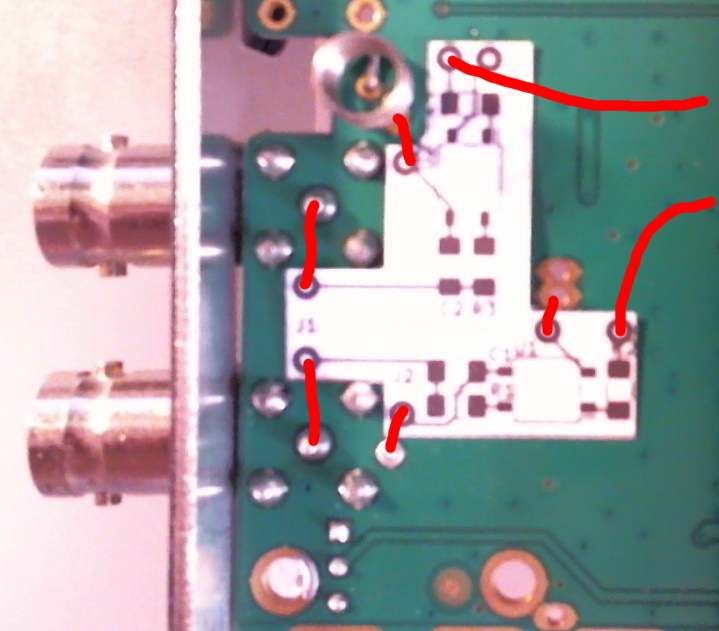Thx Carsten - it is possible to attach a zip file to the comments. The pads for the capacitors look small, what kind of capacitors do you use? They should withstand the maximum voltage you will apply, which can be up to 50 V or 100 V or more. I took 275V AC capacitors to be on the safe side.




Easier AC installation I can provide a PCB layout if it has any interest. Please tell how to contribute this.